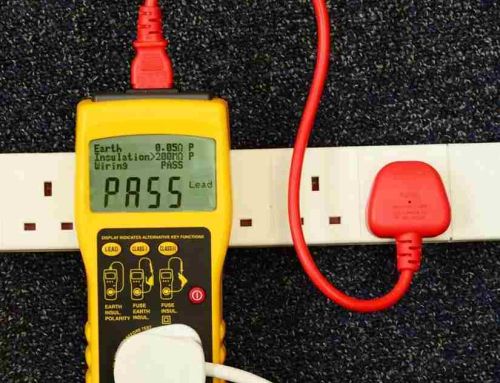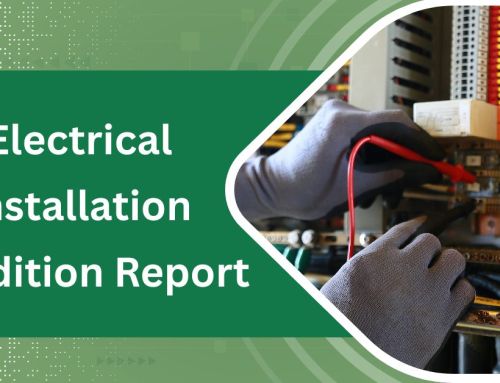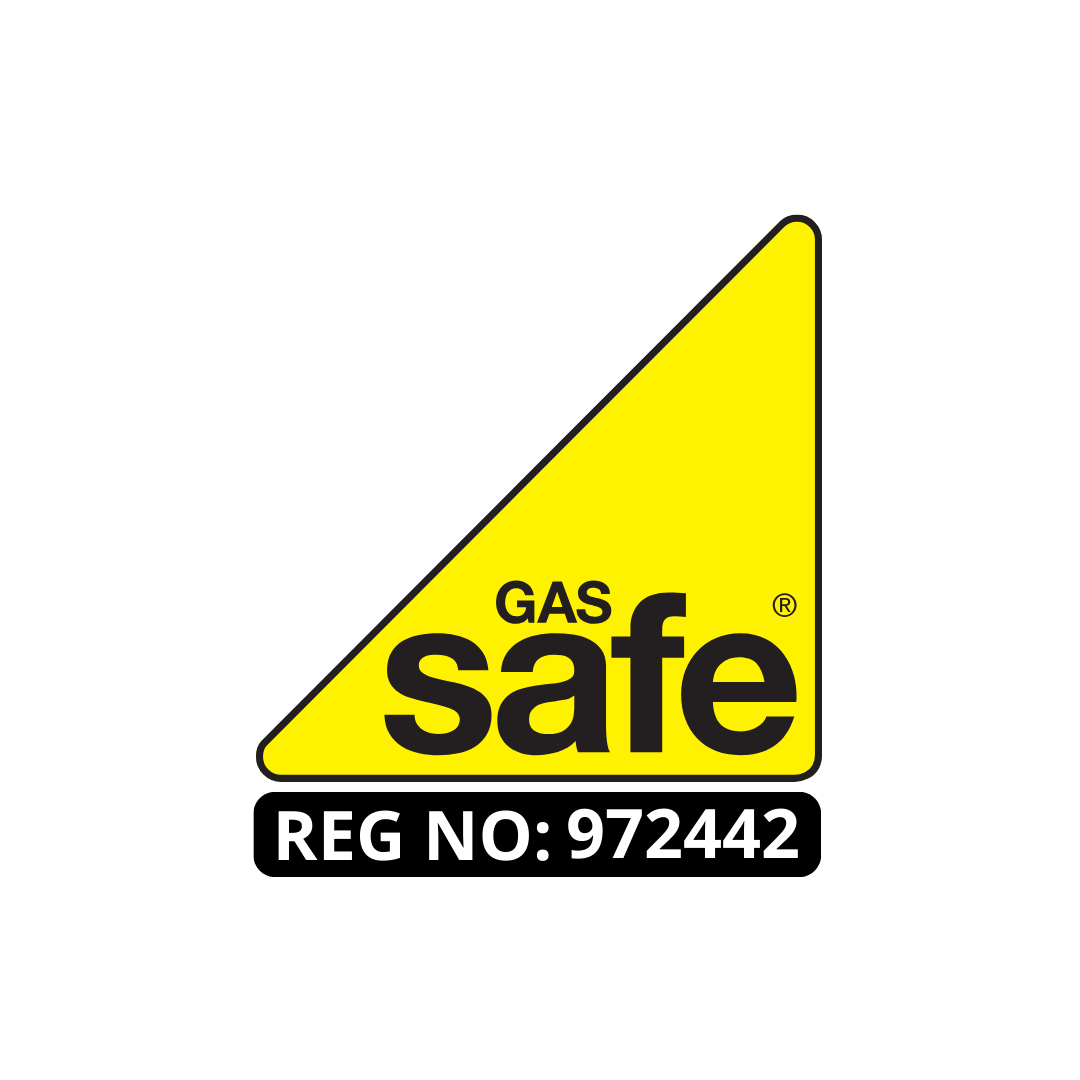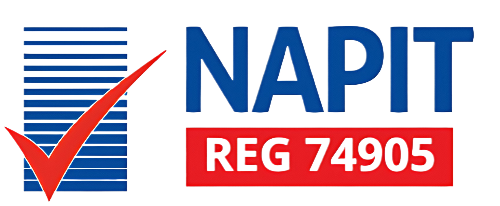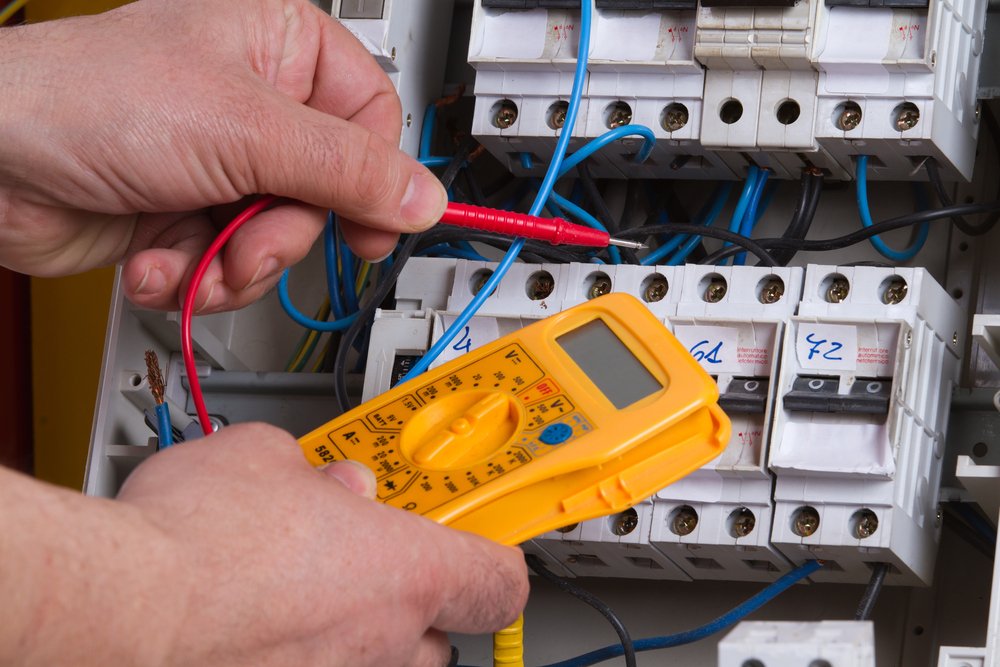
What is an EICR Test?
What is an EICR Test
An eicr test is an electrical inspection that evaluates the condition of your electrical installation. It helps identify any deterioration or faults which could pose safety hazards or issues.
Landlords, homeowners and businesses must obtain an EICR test on a regular basis as it’s a legal requirement to guarantee the safety of your building and those within it. Eicr testing is both cost-effective and efficient – an efficient way to guarantee both building safety and employee security.
It’s a legal requirement (What is an EICR Test)
An EICR test is an official document produced after a thorough assessment of electrical systems and installations in any domestic, commercial or industrial property. It detects any deterioration or faults against the UK standard for safety in electrical installations – BS7671 Requirements for Electrical Installations (IET Wiring Regulations).
It is essential that you have your property’s electrical system tested regularly. This helps guarantee the safety of all those associated with the property – tenants and visitors included. Furthermore, having an EICR test performed provides peace of mind that your building is safeguarded from fire or electrical shock damage or injury.
Our City & Guilds 2395 Inspection and Testing level engineers will disconnect your electrics from the mains power source, perform visual checks to detect any broken equipment or incorrect wiring, conduct dead testing for continuity, insulation resistance and polarity as well as live tests to assess your system’s capability to respond appropriately in case of fault or electric shock injury.
Once the tests are complete, our highly-trained City & Guilds 2395 Inspection and testing level engineers will issue you an EICR report which details any faults found. Each fault will be graded according to severity according to relevant EICR fault codes.
An EICR is valid for five years or until the property goes through some electrical modifications, whichever occurs first. During this time, landlords and homeowners have legal obligations to keep their electrics secure for tenants and visitors alike.
When an EICR report highlights any shortcomings or dangerous areas that need fixing, the owner is required to take immediate action. They must arrange for a repair, replacement, or further investigation within 28 days of discovering the issue.
Owners must provide written confirmation from their electrician to both the tenant and local authority that repairs have been completed. Furthermore, they must retain a copy of the EICR report for future reference, which they should give to the inspector and tester who will conduct the next inspection and test.
It’s a preventative measure (What is an EICR Test)
An EICR test is an essential precautionary measure that can help avoid accidents and fires in your home or business. Your electrician will conduct various tests to guarantee the electrical installation in your property is in proper working order and adheres to current regulations.
An electrical installation will deteriorate over time, so it’s essential that you have EICR testing performed regularly on your property to guarantee its safety. This inspection can identify any issues or hazards with your electrics and give guidance on how to resolve them in order to avoid future accidents.
This test procedure involves disconnecting your electrical system from the mains power source to allow a qualified electrician to conduct various tests. These include dead testing (insulation, polarity and continuity), live testing (to ensure your electrical system can shut down quickly in case of an emergency) and RCD testing for fire prevention purposes.
After the test is complete, your electrician will issue a report outlining any faults or hazards with the electrics. They will code this report according to its severity so you can easily identify these issues.
A code of C1 indicates a potential hazardous situation and necessitates immediate attention. Your electrician will also advise that you take action to make these parts of your electrical system secure.
A code of C2 indicates that your property’s electrics could potentially pose a hazard and require further investigation. This should be conducted by an experienced electrician within a specified time period.
A code of C3 indicates your electrics are safe and have not been identified as a risk, necessitating no further remedial work. However, if your electrician finds any other issues with your installation, they will mark these areas as unsatisfactory and require you to carry out necessary repairs within 28 days of receiving their report.
It’s a safety measure (What is an EICR Test)
An eicr test is an electrical safety evaluation that tests the condition of your building’s electrical installations. They may be required by law or taken as a preventive measure by business owners and landlords, making them essential components of being responsible property owners.
Visual inspection is an essential step in the repair process and will indicate any areas that require attention. It also highlights any areas of concern, such as cracks or breaks in wiring.
Once the engineer arrives at your property, they will conduct a series of tests to evaluate the quality and performance of your electrical system. This includes a dead test, insulation resistance testing, continuity testing and polarity testing.
The results of your EICR test will be collated into a report that details any problems or concerns with your electrical systems and appliances, helping to avoid damage due to an error in your wiring.
It is essential to be aware that EICR tests do not test portable appliances, so you should always guarantee they have undergone a PAT or Portable Appliance Test from an accredited electrician before plugging them into sockets.
An EICR not only tests the safety of your electrical installation, but it also helps identify any problems or issues that need addressing before moving into a new home or rental property. It will quickly highlight areas of concern and allow you to correct those which could potentially result in fire or electric shock.
An EICR is an essential safety measure and legal requirement for all business owners, property owners and landlords. It guarantees your electrical systems and equipment are secure and compliant with UK standards, saving you both money and time by reducing the risk of electrical accidents or injuries. Furthermore, having an EICR proves you have taken all reasonable precautions to keep employees and tenants secure.
It’s a cost-effective measure (What is an EICR Test)
EICR tests are conducted by qualified electricians who conduct a comprehensive examination and testing of the electrical system in any commercial, residential, or industrial building. Their purpose is to guarantee that the installation remains safe for continued usage.
Fire detection and alarm systems are essential processes that safeguard people in the event of a fire or electrical shock. Furthermore, it’s a legal requirement which could save property owners or landlords from costly fines or repairs should their building experience an electrical malfunction.
Assessing a property’s electrical system is the best way to assess its condition and make repairs promptly. This is especially useful if you plan on renting out or preparing it for sale.
This test involves a visual assessment of the equipment within the building and various electrical tests that may include both live and dead testing. These checks ensure that all electricals are functioning correctly and can effectively respond to any issues that may arise.
Once a test has been conducted, an EICR report will be generated that details any faults found. These will be graded according to various EICR fault codes which can help pinpoint problems that require repair or replacement.
Additionally, the electrical system will be evaluated for compliance with BS7671 IET wiring regulations. If it doesn’t meet these standards, then remedial action must be taken in order to bring it up to par.
When testing electrical circuits, an electrician will disconnect each one from its mains power source and conduct the appropriate test. This includes visual inspections to detect broken equipment or incorrect wiring as well as dead tests for continuity, insulation resistance and polarity.
An EICR report will indicate if any electrical systems do not meet BS7671 requirements. The report then assigns a recommendation code for each observation, outlining what needs to be done to resolve the problem and provide customers with suggestions on how best to proceed.
If you need to know how long an EICR take please refer to our other blog.



